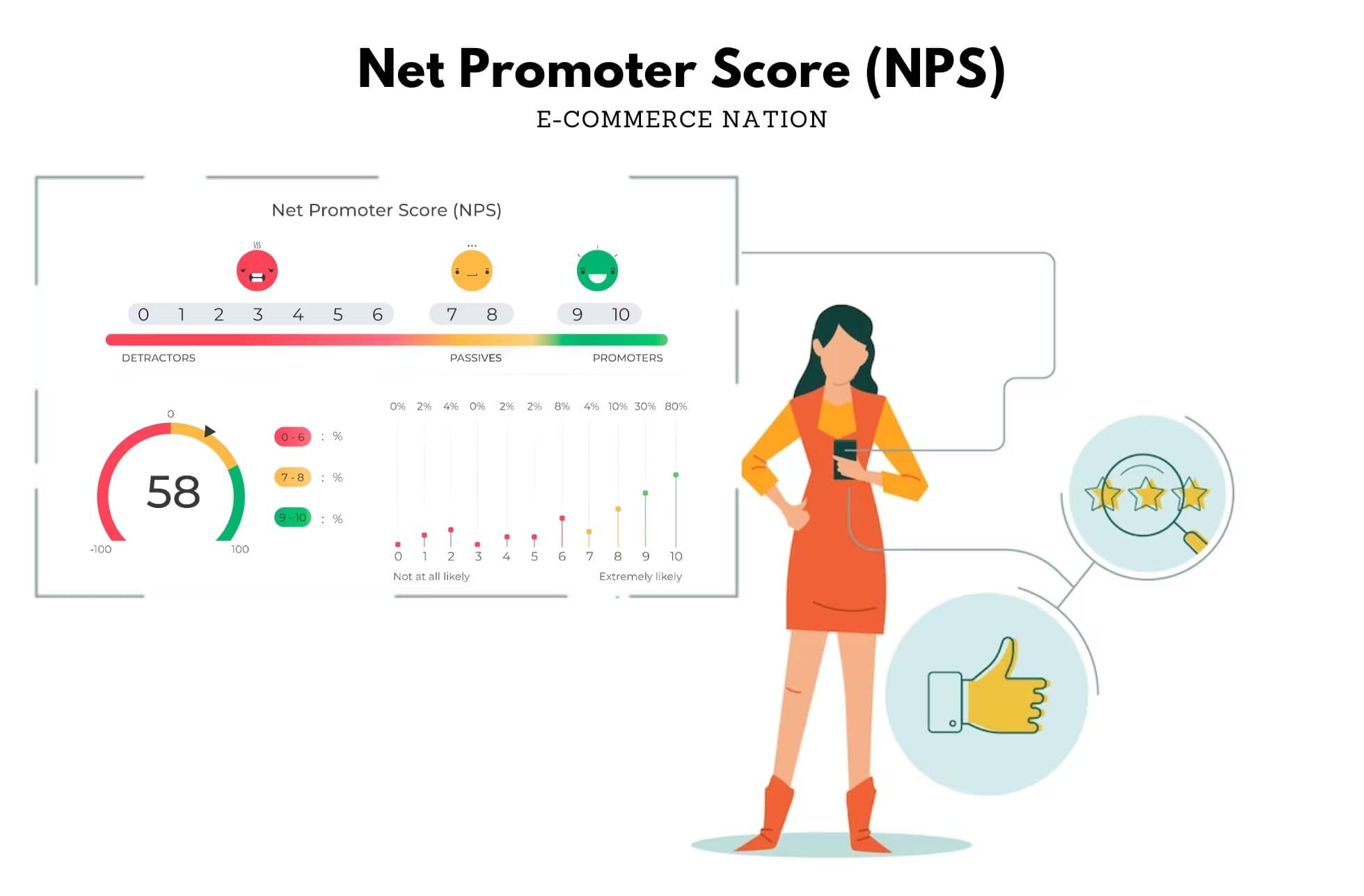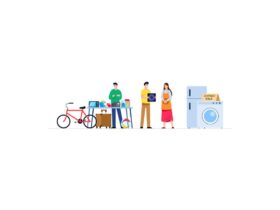Economists at the Massachusetts Institute of Technology, Alberto Cavallo, published a new study entitled “Are Online and Offline Prices Similar? Evidence from Large Multi-Channel Retailers.” Appearing in the January issue of the American Economic Review, the study refers to the common feeling customers frequently have that prices online tend to be cheaper than in physical stores. Cavallo’s paper follows up MIT’s Billion Prices Project started in 2008 in order to monitor online prices.
Cavallo sent more than 300 workers to examine 38,000 prices for roughly 24,000 products from stores in 10 major countries around the world: Argentina, Australia, Brazil, Canada, China, Germany, Japan, South Africa, the United Kingdom, and the United States. They later compared them to the online ones, for the same products, at the same time, and from the same retailers.
The result about the dynamics of online pricing which followed is somehow surprising: prices were the same about 72% of the time! Many bargain shoppers who are used to spending a lot of time online to find the best prices might be just wasting their time.
Online vs in-store prices
Cavallo looked at individual product categories. The category where online and offline prices were less similar is the business sector with the advantage of immediate convenience such as drugstores. Prices were the same only 38% of the time, highlighting the fact that drugstores are the type of shop were in-store prices are the highest.
For Cavallo this result makes sense and is related to the immediate convenience given by the proximity of these stores and a certain sense of urgency conveyed by the type of product they sell. Let’s say a customer is ill and needs an item within an hour or two (some medicine or bandages for example). The customer is more inclined to go in person to the store and pay the indicated price, not willing to waste time on comparisons.
On the other hand, apparel or electronics retailers tend to have very similar online and in-store prices. With a respective 92% and 83% of price similarity, those categories are often associated with less urgency. Also those markets have shoppers that frequently check online and in-store prices before they buy, even if they decide in the end to make their purchase in-store. Surprisingly enough, office supply stores had an even lower convergence of prices, with a result of only 25%. Cavallo explains, that office-supply prices “are sometimes higher and sometimes lower online, without any clear patterns.”
Why are in-store and online prices becoming similar?
Well, according to Cavallo, it come from the company’s desire to appear “fair” to as many consumers as possible. E-commerce growth has motivated big retailers to equally price items across their own brick-and-mortar and online stores. The paper points out that said big retailers now seem to have only one price for each product they sell indifferently of the shopper’s location.
Cavello connects those changes to fact that customers now have access to all the information they need in order compare prices either online or in other stores. While a brick-and-mortar retailer can perfectly legitimate its reasons for having different prices than its online stores in two different locations, it is very hard to explain that to customers observing those prices online.
But as this paper presents global results; Cavallo also sorted it out by countries in order to see their differences. In the U.S., product prices were the same for about 69% of the time. That number dropped to 42% in Brazil while it reached 91% in Great Britain. Which means people should consider this study’s result with caution, because depending on where they shop or live, surveyed people won’t answer the same concerning the topic.
Subjective impressions may vary a lot. Cavallo knows it and explains that the point of his study was to gather data to prove the growing similarity between prices in big omni-channel retailers, which ultimately represents the big majority of retail sector.
Why are online prices commonly considered as better bargain?
First of all, Cavallo’s study focused on the biggest retailers that possess both online websites AND brick-and-mortar stores. It didn’t include pure-players and their real advantage. Indeed online retailers usually have the possibility to set more competitive prices. If customers have time to wait few days, shopping online can still save them money through online savings codes, special one-day deals, and benefit from free shipping offers. Online stores tend to stick to the same promotional calendar and offer great seasonal sales and discounts. Plus the cost to operate brick-and-mortar stores are much bigger than online stores.
Cavallo’s study is a good insight of how the world is changing. It would be a good thing to conduct it again in the future to check if any changes have been made in e-commerce pricing.





